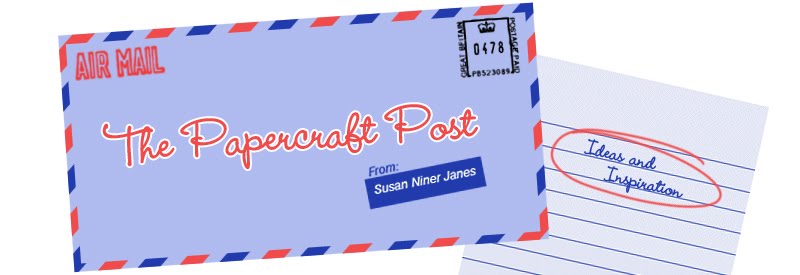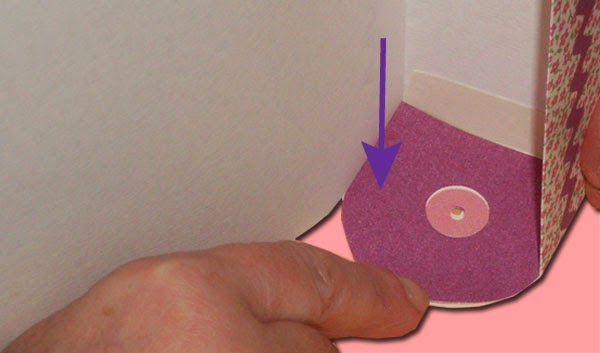The Art of Cutting
Tradition and new
techniques for paper, cardboard,
wood, and other
materials
Jean-Charles Trebbi
Promopress, 15 January 2015, paperback
Star rating: ****
Jean-Charles Trebbi is back with another inspirational
design odyssey. The subject this time is – literally – cutting-edge design. The book examines the
many transformative techniques used to cut creative materials. The emphasis is
on paper, but the book is interdisciplinary and looks at methods of cutting a range
of materials including fabric, wood, metal, and plastic.
The author, an architect and designer, has retained a
childlike sense of wonder about how things are crafted and assembled. He begins
with a whirlwind world tour of cutting techniques. In the Cutting
as Popular Art section, national traditions of cutting crafts including the
following papercutting methods feature: French canivet
(paper lace, similar to Pergamano), janzhi
(China), kirie (Japan), Scherensnitt (Switzerland), wycinanki (Poland), and papel
picado (Mexico). These folk arts are described, and you also see work by
innovative practitioners such as Kathleen Trenchard, who creates updated papel picado featuring contemporary
subject matter.
The Cutting and
Gastronomy section is a revelation. I was unfamiliar with Icelandic Laufabrauo (leaf bread), Christmas bread which is
decorated with ornate lacé patterns. The Orange
Art pages are a fun curiosity- a party trick with design credentials. Kind of like small-scale pumpkin-carving,
this obscure craft involves cutting orange peel in intricate interlocking
designs.
Most of the book has a Meet the Makers format, and is
divided into sections according to material. The author looks in on designers
who are driven by tradition, enabled by technology, and fuelled by creative
ingenuity. They generously reveal their methods, observations, and motivations.
Example: Sophie Milenovich, of Paris, notes that, “The most surprising thing
when you study the different ways of making clothing is the inventiveness you
find in communities that produce a three-dimensional object from a
two-dimensional element.” She goes on to point out that Western clothes tend to
be constructed of complex pattern pieces. The section on clothing shows an
appreciation of the aesthetic appeal of the pattern pieces themselves, which
are displayed as works of art in their own right. Sort of like the double-helix
– if a design works, it is beautiful.
So – the book is an all-singing, all-dancing exploration of
cutting-based form and function - the tools and techniques used to cut a variety of materials,
plus examples of artisan-designed end products.
If you are a papercraft geek, you may already know what
slice-forms are. Described by the author
as “halfway between art and mathematics”, they are geometric shapes made of
comblike pieces that interlock at right angles. Astonishingly, they fold flat. The Art of Cutting is very informative
on slice-forms. I was fascinated to read that slice-forms were used by the
famous Bauhaus School to teach 3-D design to its students in the 1920s (in the
absence of computer imaging). Now slice-forms are designed on computer. And
because of digital cutting technology, slice-form designs can be created as functional items, such as furniture.
This book contains 10 templates to cut out. My .pdf preview
did not include these, but if they are similar in quality to the templates in The Art of Pop-Up, they won’t
disappoint.
Taken with his other Promopress titles, The Art of Pop-Up, and The Art of Folding,(I’ve yet to feature the latter – I’m catching up – but I
wanted you to know about The Art of
Cutting, the newest title, right away), it looks like M. Trebbi is working
towards a design theory of everything. I, for one, am hoping that the author
will tackle 3D and 4D printing next. That would be a treat.











































